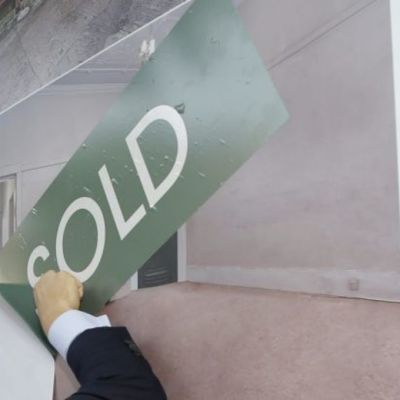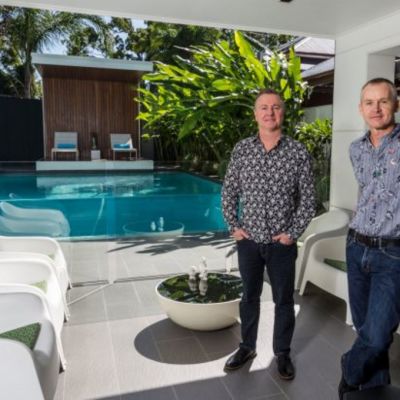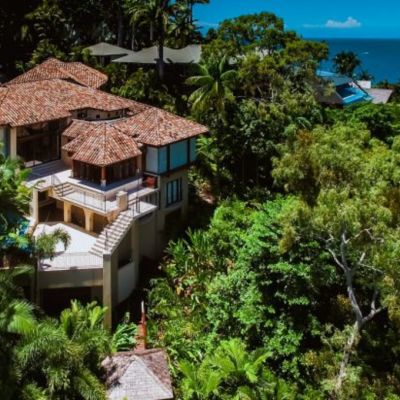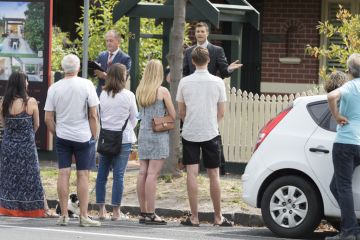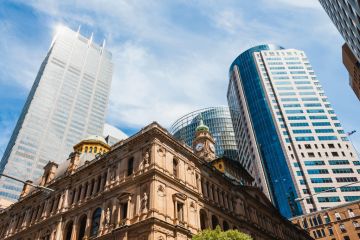Brisbane house prices fall: Largest quarterly drop since 2011
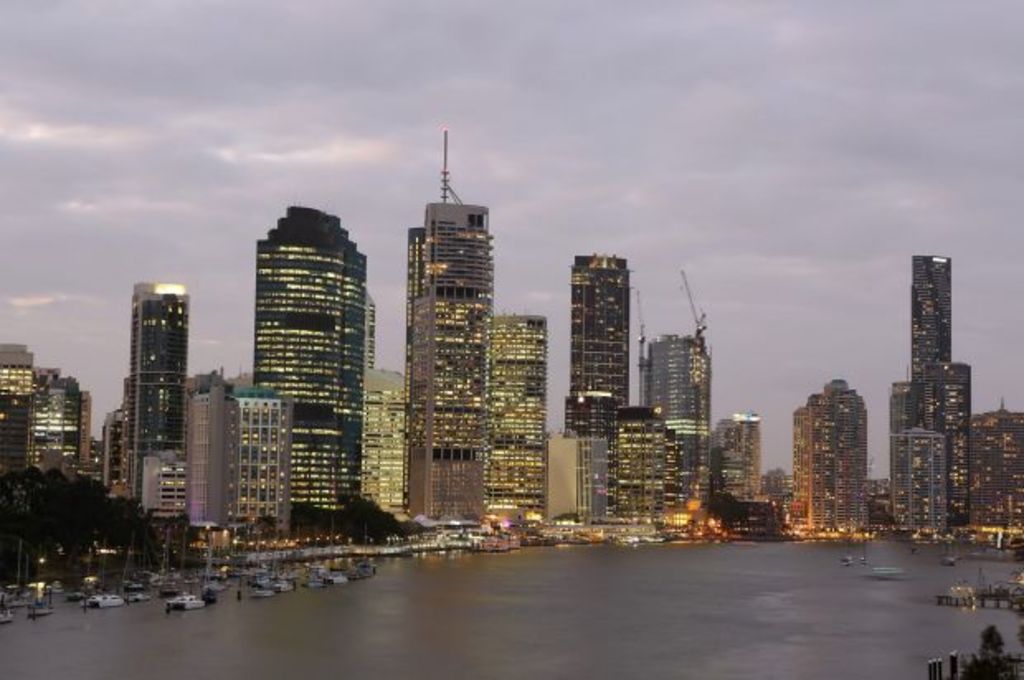
Brisbane house prices have fallen this year, recording the largest quarterly drop since September 2011.
Despite a heady start to the year for Brisbane’s high end with record-breaking multi million-dollar sales, the same cannot be said for the rest of Brisbane, with the latest data from Domain’s State of the Market Report recording a fall of 1.4 per cent for houses.
Annual growth is still positive, at 3.4 per cent, but this is the slowest growth rate recorded in Brisbane since 2013.
Unit prices fell 3.8 per cent, the biggest drop since 2000.
It comes as ANZ and the Property Council released an industry sentiment report showing Queensland had one of the lowest rates of property industry confidence in the country.
But the news isn’t as bad as it seems; Domain Group chief economist Andrew Wilson said this is typical for Brisbane property, which tends to take a few months to gain momentum every year.
“We know Brisbane’s gone backwards,” said Dr Wilson. “It’s not such a big surprise to be honest, Brisbane always starts the year in snooze mode and it builds strength through the year,” he said.
At Brisbane’s high end, any hitches in the market have gone unnoticed — four of the top five suburbs for growth in the past 12 months have a six-month median above $1 million.
St Lucia had the most growth, up a whopping 31 per cent, to a median of $1,267,000. Ascot is also firing, with 29 per cent growth to a six-month median of $1,540,000.
West End was one of the top performers, with the median growing 11 per cent. But SPACE Property West End principal Angus Commins said the past few weeks have been tough for sellers in the inner city suburb.
“It’s a volatile market,” he said. “In the last four to eight weeks, we’ve certainly seen compression in price.”
“I would have thought about 10 per cent.”
Mr Commins said anecdotally, the market had been weaker than usual. “We got to a point to where we were pushing a million for that product and now that’s come down to about $850,000, $900,000,” he said.
Property Council executive director Chris Mountford said the council’s report showed there was some apprehension in the industry. The general metric showed Queensland’s confidence in the industry rose just four points to 127 (100 is neutral), in comparison to NSW, ACT, and Victoria, which reported scores in the mid-to-low 140s.
Out of Brisbane’s weakest spots for growth, Sandgate was the worst performer, with prices falling just under 15 per cent. Inner city favourite Balmoral was close behind, falling 7.5 per cent.
Dr Wilson identified Stafford Heights as a stand out suburb with poor growth because it was out of character: “Given [the median is] a bit softer, Stafford Heights represents pretty good value for buyers.”
LJ Hooker Stafford agent Dean Hamilton was surprised the suburb recorded negative growth in the past six months.
“There’s never more than two pages of listings in Stafford Park, stock doesn’t sit around,” he said. “So I don’t think it has anything to do with the suburb, and I think we’ll have pretty big increase in the next six months.”
Despite the across-the-board drop in Brisbane prices, Dr Wilson was confident the market would continue to grow long term. “The positives outweigh the negatives,” he said. “Unless you’re talking about units.”
Dr Wilson said despite a uncharacteristically large 3.8 per cent drop this quarter, units in Brisbane were continuing their downward slide and said he expected prices would potentially flatten out after 12 months.
Brisbane rents bucked their set trend of stagnating, rising slightly this quarter for both houses and units. An upward trend in migration was leading the rental market to growth, but Dr Wilson said the vacancy rate was still less than ideal for investors.
We recommend
We thought you might like
States
Capital Cities
Capital Cities - Rentals
Popular Areas
Allhomes
More
